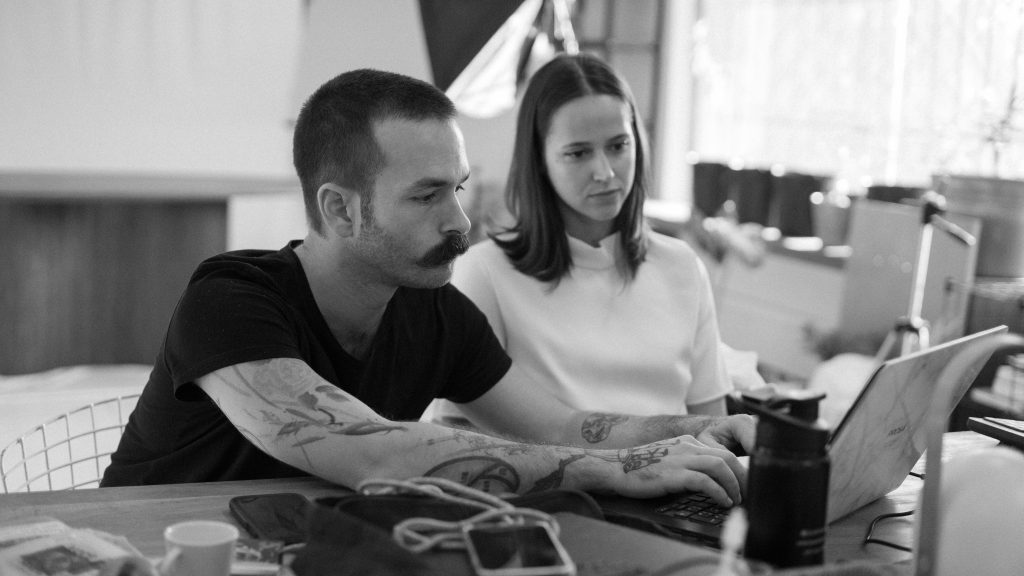
10 TALENTS: Preserving Craft Cultures
In this installation of ADORNO’s 10 TALENTS campaign, we embark on a global journey to visit studios that, though separated by oceans and continents, are united by a common mission: the preservation and reimagining of craft cultures. From bustling urban centers to remote workshops, these designers are connected through a shared desire to innovate within the parameters of traditional craftsmanship, using both local and global influences. These artisans channel the cultural narratives embedded in their materials, creating works that honor the past, reflect the present, and anticipate the future.
Across the Atlantic, ancient techniques like ‘paleteo’—a pre-Columbian ceramic method—find new expression in contemporary forms. Meanwhile, a Korean design studio bridges Eastern and Western aesthetics, repurposing discarded eggshells and industrial plastics into functional art pieces. What sets these ten talents apart is not just their skill, but their vision for the future of craft and design. They envision a world where cultural sustainability and innovation go hand in hand, where traditional craftsmanship is enhanced, not replaced, by technology.
This 10 TALENTS showcase is truly a journey, through the workshops, minds, and creations of designers who are not just preserving craft cultures, but propelling them into the future. Their stories serve as a powerful reminder that in honoring our roots, we often find the most fertile ground for innovation.
Handmade for the Digital Age
espina corona Buenos Aires, Argentina
In a workshop in Buenos Aires, espina corona has been exploring the intersection of traditional craftsmanship and digital fabrication since 2015. Founded by Marcelo Orlievsky, the studio embraces a “slow made” philosophy, combining time-honored woodworking techniques with modern technology to create distinctive furniture pieces. Their approach is exemplified in their use of vegetable-tanned leather and Lenga Patagonia wood, often salvaged from materials deemed unsuitable by the local timber industry, paired with 3D-printed biodegradable joints. All work is completed by the team at the espina corona workshop under their slow made standards and with ecological awareness.








Their sustainable values extend beyond their materials, to their innovative packaging designs, reflecting a holistic approach to eco-conscious production. Orlievsky and his team see their work as a response to the increasing prevalence of mass production in the furniture industry. While rooted in traditional techniques, espina corona’s work demonstrates how contemporary technology can be integrated into craft practices, offering a thoughtful perspective on the evolution of furniture design in the digital age.
In a context that is becoming artificial and less intelligent… As a designer and maker, I believe I have the responsibility to bring more and more authentic pieces made in a real craft environment.
– Marcelo Orlievsky
Preserving Ancestral Pottery
Polen Ceramic Studio Lima, Peru
Next stop on our 10 TALENTS journey takes us around the South American coast to Lima, Peru, where Polen Ceramic Studio, led by Elizabeth Vásquez Arbulú, conducts what she calls an “in-depth investigation of pre-Columbian ceramics.” The studio’s work beautifully blends ancient aesthetics with contemporary design, revitalizing traditional techniques Vásquez Arbulú has learned from local artisans. Drawing from Peru’s cultural heritage, she reinterprets pre-Columbian shapes and motifs through modern colors and high-temperature firing processes.




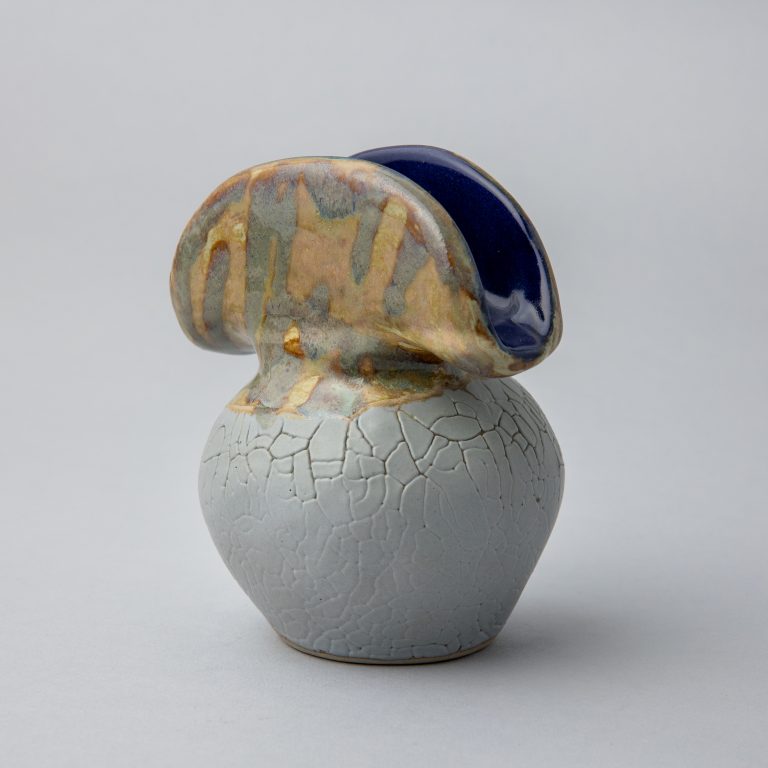



Central to her practice is the ‘paleteo’ technique, an ancestral method from northern Peru, which she combines with contemporary approaches like throwing and nerikomi. Innovation extends to their glazes, often incorporating wild materials from Vásquez Arbulú’s travels, embodying the studio’s spirit of experimentation. Polen Ceramic Studio’s impact reaches beyond its creations. Through educational programs and collaborations with distant artisan communities, they nurture new ceramic enthusiasts and facilitate a dynamic exchange of ideas. In doing so, Polen not only produces exquisite pieces but also plays a crucial role in preserving and evolving Peru’s ceramic traditions for future generations.


The good thing I found in ceramics, and the reason I keep working in this area, is that you can always find new ways to create—a new formula, a new technique, a new component. In the end, the result will always be in ceramic, but the way to reach that result is always a different challenge.
– Elizabeth Vásquez Arbulú
Equatorial Design Pioneers
ANDEAN Quito, Ecuador
Continuing northward, we arrive in Quito, Ecuador, where ANDEAN studio reimagines collectible design through a bold Andean perspective. Founded by Alejandro Moyano, the studio marries Ecuadorian artisanship and iconography with contemporary manufacturing processes. ANDEAN’s work is a testament to what Moyano calls “equatorial design,” a concept that draws from regional techniques, traditions, and materials to create pieces that resonate with modern sensibilities.










More than a design studio, ANDEAN serves as a vital hub for collaboration, uniting designers, manufacturers, and artisans from across the Andean region. This exchange of knowledge and expertise ensures that each piece retains its cultural integrity while pushing the limits of contemporary design. ‘Latin talent is born from our ability to create opportunities through the limitations of our environments,’ Moyano reflects, emphasizing the inventive mindset that drives their work. As ANDEAN prepares to unveil its 2025 furniture collection, the studio continues to defy conventional expectations of Latin American design, celebrating the vibrant heritage of the Andes through craftsmanship that speaks to the future.


The studio’s objective is to develop the notion of equatorial design to enhance the Andean material heritage. A past that projects us to the collective future of Andean talent and that enchants the world with our Latin American essence.
– Alejandro Moyano
Inspiration from Ruins
CarmWorks Bogota, Colombia
Our final stop in South America takes us to Bogotá, Colombia, where Camilo Andres Rodriguez Marquez of CarmWorks channels the influence of ancient civilizations into striking contemporary design. Marquez draws deep inspiration from the ruins of pre-Hispanic and pre-Columbian cultures, creating furniture that embodies a poetic exploration of permanence and decay. Using oak and cedar as his primary materials, he transforms them into pieces that reflect the impermanence of existence, inviting contemplation through both form and finish. Employing the ancient yakisugi technique, Marquez finishes his works with fire, imbuing each creation with a distinct identity—a narrative of resilience and transformation, etched into the very grain of the wood.








His design concepts ‘come from within,’ Marquez explains, stemming from ‘an internal exploration of forms and emotions that have lingered in my subconscious.’ This introspective approach results in pieces that narrate a story of creation and craftsmanship, illustrating how civilizations emerge and dissolve, leaving behind material legacies that encapsulate their heritage and carry traditions into the future as time inexorably moves on. Through his work, Marquez invites viewers to reflect on the impermanence of our world, using furniture as a medium to bridge the ancient past with the present.


The remnants of ancient cultures, particularly pre-Hispanic and pre-Columbian, captivate my curiosity. These ruins and their current state of decay evoke a sense of melancholy, a reminder of how these shapes have endured for centuries, inevitably eroding and changing over time.
– Camilo Andres Rodriguez Marquez
Organic, artisanal Techniques
Daniel Orozco Estudio Tulum, Mexico
As we journey north into Central America, we arrive in Mexico City, where Daniel Orozco Estudio passionately explores materials and forms, drawing deep inspiration from the simplicity and resilience of nature. Orozco’s design process revolves around playful investigations of shapes derived from the natural world, delving into the textures and inherent properties of a rich array of materials—wood, volcanic stone, cantera, marble, and fibers such as bejuco, seaweed, and palm. These elements are skillfully transformed through traditional Mexican artisanal techniques, including woodturning, stone carving, and intricate weaving. By combining, layering, fusing, or stacking different components, Orozco creates striking statement pieces that showcase the inherent beauty and versatility of the materials.










Sustainability is a cornerstone of the studio’s ethos, reflected in their use of eco-friendly finishes, locally sourced materials, and initiatives to minimize single-use packaging. Looking ahead, Daniel Orozco Estudio is dedicated to elevating Mexican craftsmanship on the global stage, ensuring that artisans receive fair compensation and recognition. Their commitment extends beyond design, with plans for reforestation campaigns aimed at replenishing natural resources and fostering a community of design enthusiasts devoted to environmental causes.


Daniel Orozco Estudio envisions its designs reaching across the globe, showcasing the richness of Mexican craftsmanship and elevating the work of artisans to be recognized, fairly compensated, and admired internationally. The studio is committed to giving back to nature through reforestation campaigns, aiming to replenish what nature shares with them.
– Daniel Orozco Estudio
Nostalgic Narratives
STUDIO KALLANG Singapore City, Singapore
Crossing the Pacific, we arrive at STUDIO KALLANG, founded by Faezah Shaharuddin in 2021 and based in Singapore. Shaharuddin’s distinctive design language resonates with both nostalgia and innovation, resulting in pieces that playfully explore form, proportion, and color, seamlessly blending the familiar with the fresh. At the core of their practice is a dedication to fusing contemporary design sensibilities with traditional craft techniques, drawing inspiration from the dynamic cultural shifts across art, music, fashion, and society.








While STUDIO KALLANG primarily works with wood, often collaborating with Indonesian artisan communities renowned for their teak craftsmanship, the studio is actively expanding its material palette to encompass metal, glass, and ceramics. Their recent initiative to utilize excess wood offcuts from production highlights a robust commitment to sustainability. Looking ahead, Shaharuddin envisions a seamless integration of CNC machining with traditional techniques, striving to preserve and enhance historical motifs through modern technology. This innovative approach aims to blur the lines between analog and digital, handmade and machine-produced, resulting in intricate, detailed pieces that pay homage to the past while embracing the limitless possibilities of the future.


It would be interesting to explore how traditional craft and historical motifs can be preserved and enhanced through these technologies, instead of one working against the other. I hope to facilitate the connection between the two worlds and blur the lines between old and new, handmade and machine.
– Faezah Shaharuddin
Material Storytellers
WKND Lab Seoul, South Korea
Catching a flight north to Seoul, WKND Lab, founded by Eunji Jun and Halin Lee, merges Korea’s cultural past with forward-thinking design. Their approach centers on a respect for materials—from discarded eggshells to industrial plastics—seeing each not just as a medium but as a narrative. By embracing unconventional materials, WKND Lab redefines notions of value and waste, crafting functional art that challenges our understanding of sustainability and the stories objects can tell.








The duo’s work is a delicate balance between tradition and innovation, incorporating age-old Korean techniques like knot-making, enamel work, and Ottchil lacquer into modern designs. Through collaborations with master artisans, WKND Lab not only preserves these traditional crafts but evolves them, making them relevant for a new generation. Their creative process, which begins with the material and allows the design to follow organically, results in pieces that are both thought-provoking and aesthetically striking. As they look to the future, WKND Lab envisions a world where design fosters cultural awareness and environmental responsibility, with their work serving as a testament to the enduring power of craftsmanship in the digital age.


We see the future of our work as a blend of cultural sustainability, traditional craftsmanship, and innovation. At WKND Lab, we aim to honor heritage by preserving and adapting age-old practices to fit today’s context. By intertwining these traditions with modern design principles, we strive to keep cultural narratives alive and relevant for future generations.
– WKND Lab
Playful Homage to Mongolian Roots
Molor Tumen-Ulzii Ulaanbaatar, Mongolia
Heading inland to Ulaanbaatar, Mongolia, we encounter Molor Tumen-Ulzii, a multidisciplinary designer whose work playfully disrupts our perceptions of the everyday. What began as a curiosity for sitting on unconventional objects grew into a deep passion for chair design, where Tumen-Ulzii draws inspiration from the full spectrum of life—from the most mundane objects to the extraordinary facets of human lifestyles. His creations are infused with a sense of humor and intrigue, turning familiar forms into unexpected, functional art that invites reflection on how we interact with the spaces and objects around us.








Tumen-Ulzii’s work, primarily wood-based with complementary materials, seeks to resurrect lost traditional crafts by interweaving them with modern design principles. His ‘Stele’ series, featuring minimalist dining chairs and stools in white oak, showcases hand-carved face motifs that add an artistic dimension to the minimalist forms. These pieces reflect Tumen-Ulzii’s vision of creating designs that are understated yet distinctive. In this way, he honors Mongolia’s cultural legacy while embracing contemporary aesthetics, offering a fresh perspective on how tradition can inform and shape modern design.
Global visions by local hands
Studio Bazazo Beirut, Lebanon
Our penultimate stop leads us to Beirut, where Ahmad Bazazo creates high-end objects and spaces that engage both mind and senses, capturing ephemeral moments in solid form. His design philosophy is shaped by travel and nature, with each piece reflecting a fusion of diverse cultural influences and Lebanon’s craft traditions. Bazazo’s recent focus on steel and marble challenges him to innovate within the constraints of these materials, elevating them in novel ways.










The studio’s process is deeply collaborative, involving local craftspeople from the outset of each project. This symbiotic relationship allows for mutual learning and growth, pushing the boundaries of traditional techniques while informing modern design. As Bazazo explores more sustainable materials, this collaborative approach becomes even more crucial, applying time-honored production methods to new mediums. Through this synthesis of global inspiration, local craftsmanship, and material exploration, Bazazo creates pieces that serve as a framework for life – honoring the past, anticipating the future, and celebrating the present in all its sensory richness.
As a designer it is safe to say that inspiration can come from anywhere, but travel and nature are two of the main things which inform the studio’s work and vision. Discovering and understanding new cultures on these trips and marrying them with traditional handcrafts and techniques from Lebanon has been something which has helped us push forward our creative process.
– Ahmad Bazazo
Hyacinths, Heritage and Circular Design
MitiMeth Lagos, Nigeria
Finally, our last stop is in Lagos, Nigeria, where Achenyo Idachaba-Obaro’s MitiMeth studio stands at the forefront of circular materials design, transforming overlooked natural resources into innovative, eco-friendly creations. As a self-described “circular materials designer,” Idachaba-Obaro draws inspiration from heritage weaving techniques and biomimicry to repurpose water hyacinth, banana fiber, coconut shells, and bamboo waste. MitiMeth’s approach intertwines indigenous rope weaving methods with contemporary techniques, resulting in a diverse array of products from home textiles to accent furniture.




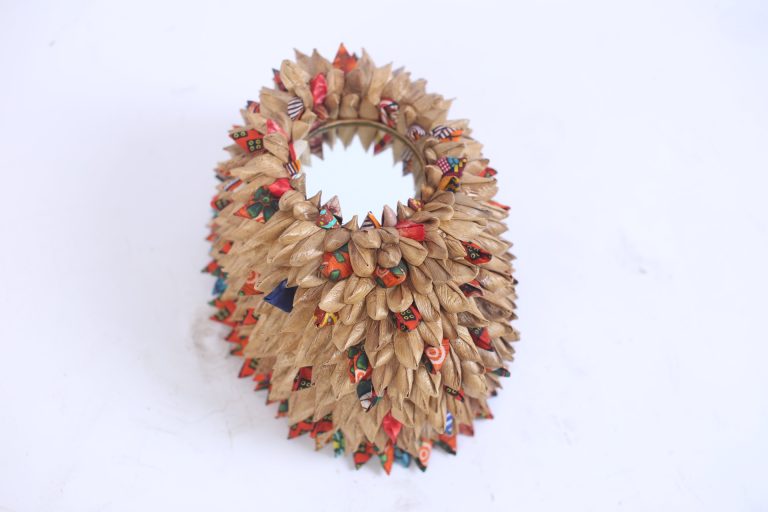





The studio’s signature process converts dried water hyacinth stems into versatile yarns, which are then woven using traditional loom techniques like Ebira, Akwete, and Asoke. This blend of old and new is visible in their textiles, where earthy water hyacinth tones mingle with vibrant fish twine or synthetic threads. Looking to the future, Idachaba-Obaro envisions expanding into nonwoven solutions and biomaterial leather alternatives. Through their work, MitiMeth not only crafts beautiful objects but also weaves positive change into the fabric of local communities, embodying their philosophy of transformation “step by step, fiber by fiber.”
In modern day parlance, I am best described as a circular materials designer inspired by heritage weaving techniques and also by biomimicry. My design philosophy has entailed detecting unused materials from natural flows (e.g. water hyacinth, banana/plantain fiber, coconut shells) and transforming them into circular materials using a blend of heritage and modern techniques.
– Achenyo Idachaba-Obaro
Final Thoughts
Traversing the globe, we’ve uncovered a diverse array of design practices, each shaped by unique cultural influences, materials, and philosophies. From the introspective work of Camilo Andres Rodriguez Marquez in Bogotá to Daniel Orozco’s nature-inspired craftsmanship in Mexico City, and from Faezah Shaharuddin’s nostalgic yet forward-thinking explorations in Singapore to WKND Lab’s material-driven innovations in Seoul, these designers not only honor the past but push the boundaries of modern design. Molor Tumen-Ulzii’s dedication to reviving Mongolian crafts offers yet another example of how tradition can be a wellspring of innovation. Together, these incredible 10 TALENTS remind us that design is a global conversation—one that bridges history, culture, and the ever-evolving present. As they continue to explore, adapt, and reimagine, they offer us new ways to see the world, one piece at a time.
Discover our selection of Designers Preserving Craft Cultures
-

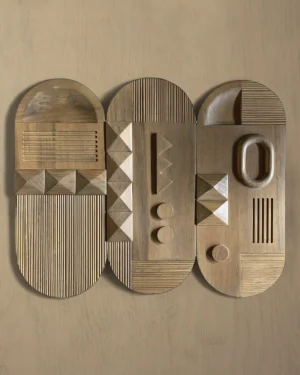 Planos Wooden Wall Art
Planos Wooden Wall Art -

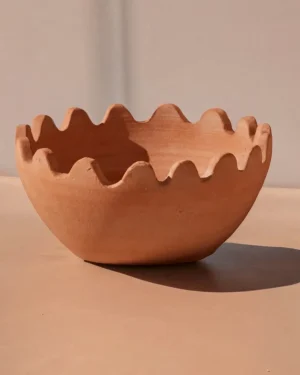 Ena Terracotta Fruit Bowl
Ena Terracotta Fruit Bowl -

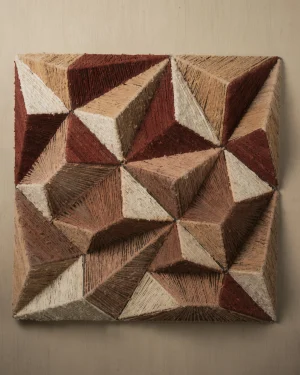 Cordillera Wall Art – Iron / Wool
Cordillera Wall Art – Iron / Wool -

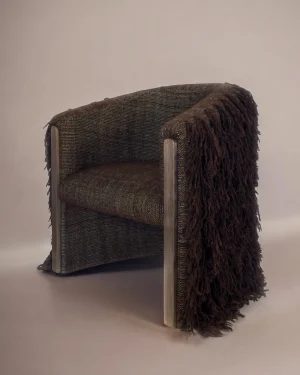 Black Hilana Wool Chair
Black Hilana Wool Chair -

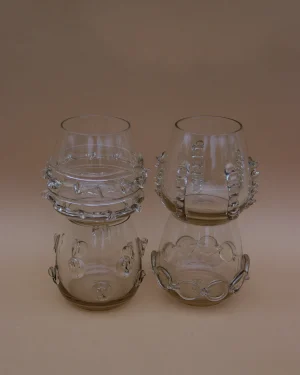 Mouthblown Water Vessels – Set Of Four
Mouthblown Water Vessels – Set Of Four -

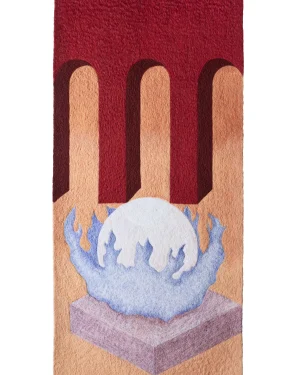 Murex Tapestry
Murex Tapestry -

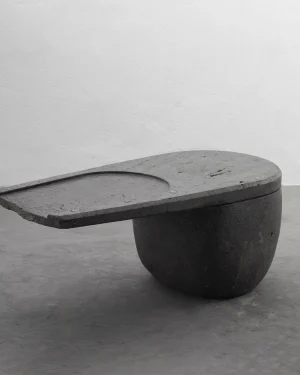 Centro Coffee Table Handcarved Volcanic Stone
Centro Coffee Table Handcarved Volcanic Stone -

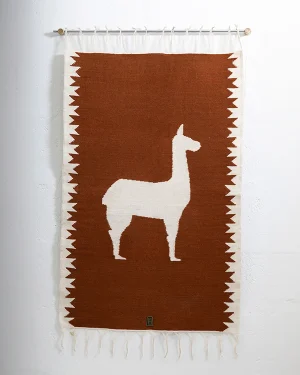 Llama Sheep Wool Handwoven Tapestry, Aged Bronze Wall Mount, Terracota
Llama Sheep Wool Handwoven Tapestry, Aged Bronze Wall Mount, Terracota -

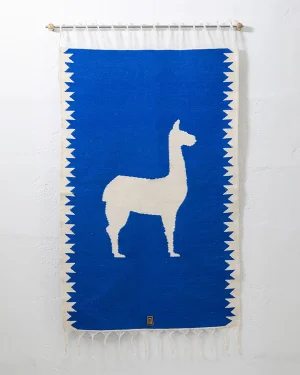 Llama Sheep Wool Handwoven Tapestry, Aged Bronze Wall Mount, Lapis Blue
Llama Sheep Wool Handwoven Tapestry, Aged Bronze Wall Mount, Lapis Blue -

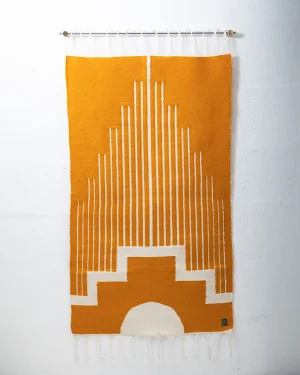 Centro Sheep Wool Handwoven Tapestry, Aged Bronze Wall Mount, Ochre
Centro Sheep Wool Handwoven Tapestry, Aged Bronze Wall Mount, Ochre -

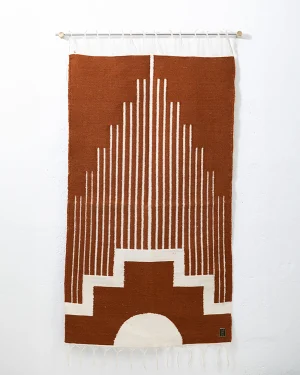 Centro Sheep Wool Handwoven Tapestry, Aged Bronze Wall Mount, Terracota & Ivory
Centro Sheep Wool Handwoven Tapestry, Aged Bronze Wall Mount, Terracota & Ivory -

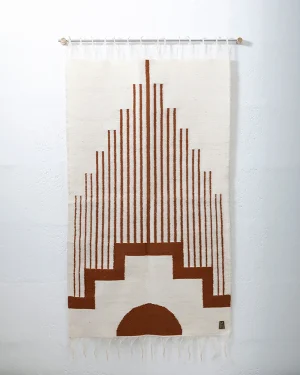 Centro Sheep Wool Handwoven Tapestry, Aged Bronze Wall Mount, Ivory & Terracota
Centro Sheep Wool Handwoven Tapestry, Aged Bronze Wall Mount, Ivory & Terracota -

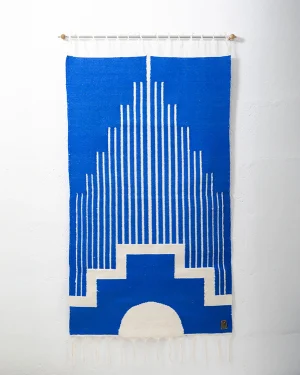 Centro Sheep Wool Handwoven Tapestry, Aged Bronze Wall Mount, Lapis Blue & Ivory
Centro Sheep Wool Handwoven Tapestry, Aged Bronze Wall Mount, Lapis Blue & Ivory -

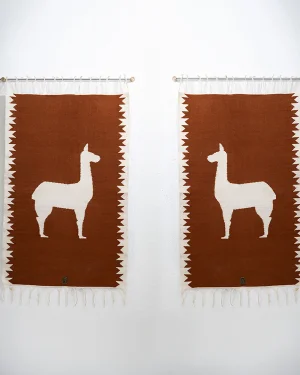 Llamas Sheep Wool Handwoven Tapestries, Aged Bronze Wall Mount, Terracota, Set Of 2
Llamas Sheep Wool Handwoven Tapestries, Aged Bronze Wall Mount, Terracota, Set Of 2 -

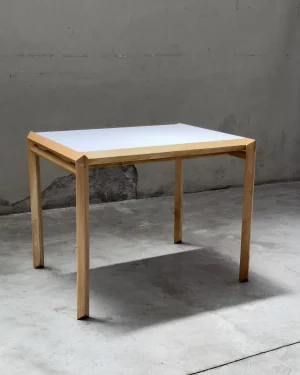 Patagonia Desk
Patagonia Desk -

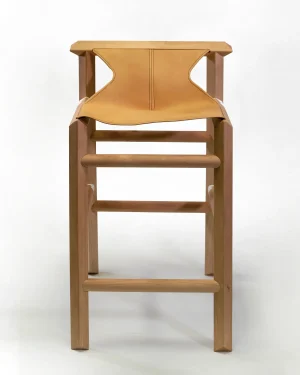 1903 – Cognac Leather And Wood Barstool
1903 – Cognac Leather And Wood Barstool -

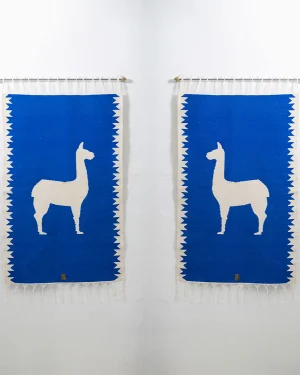 Llamas Sheep Wool Handwoven Tapestries, Aged Bronze Wall Mount, Lapis Blue, Set Of 2
Llamas Sheep Wool Handwoven Tapestries, Aged Bronze Wall Mount, Lapis Blue, Set Of 2 -

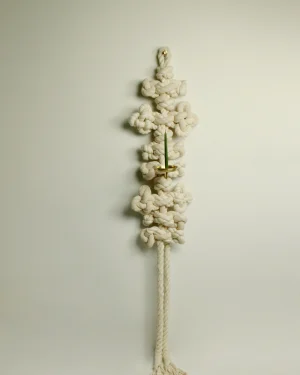 Maedeup – Seven Wings Candle Sconce
Maedeup – Seven Wings Candle Sconce -

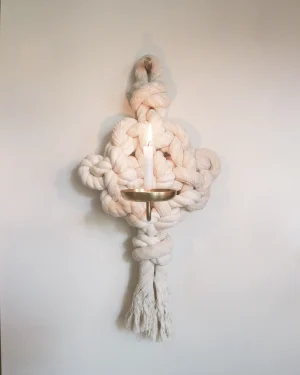 Maedeup – An Aubergine Candle Sconce
Maedeup – An Aubergine Candle Sconce -

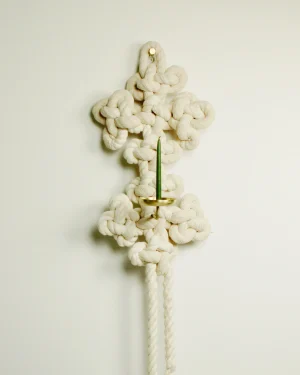 Maedeup – Two Bees Sconce Candleholder
Maedeup – Two Bees Sconce Candleholder -

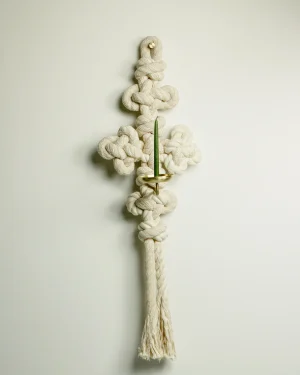 Maedeup – A Cicada Candle Sconce
Maedeup – A Cicada Candle Sconce -

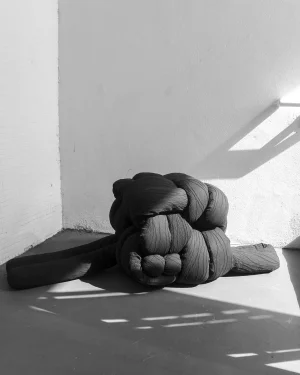 Maeduep – Knotted Heart Stool
Maeduep – Knotted Heart Stool -

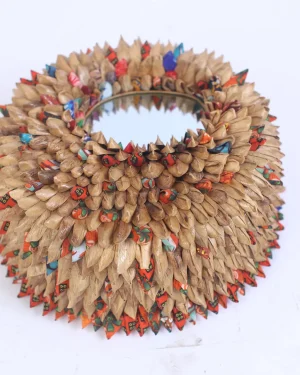 Harmony Bloom Mirror – Nuklei
Harmony Bloom Mirror – Nuklei -

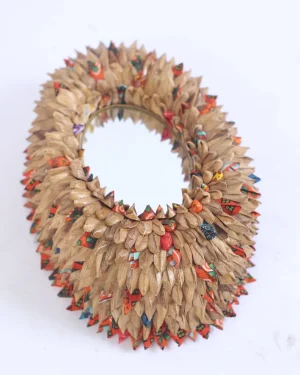 Harmony Bloom Mirror – Ukid Iso
Harmony Bloom Mirror – Ukid Iso -

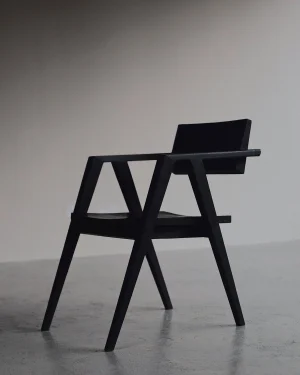 Abraxas – Oak Wood Chair
Abraxas – Oak Wood Chair -

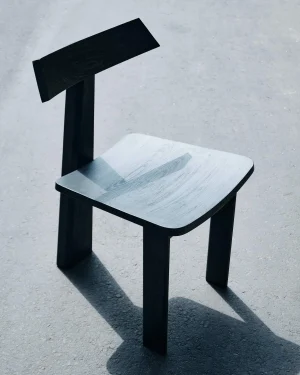 Dagon – Oak Wood Chair
Dagon – Oak Wood Chair -

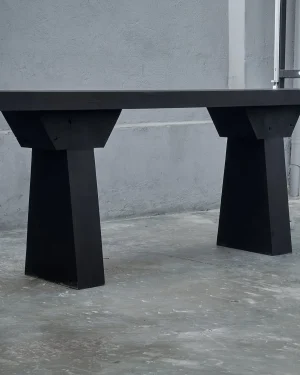 Acros – Cedar Wood Console
Acros – Cedar Wood Console -

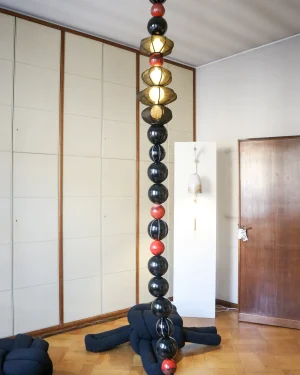 Guseul – Floor To Ceiling Lamp
Guseul – Floor To Ceiling Lamp -

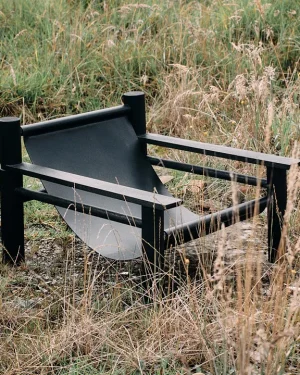 Logos – Cedar & Leather Lounge Chair
Logos – Cedar & Leather Lounge Chair -

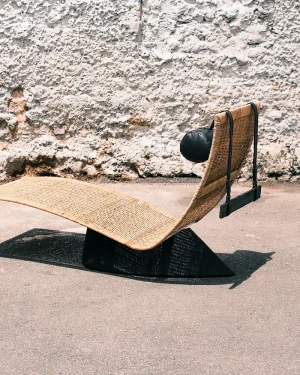 El Cherlon – Rattan Lounge Chair
El Cherlon – Rattan Lounge Chair






